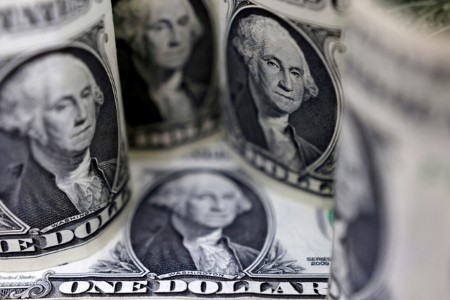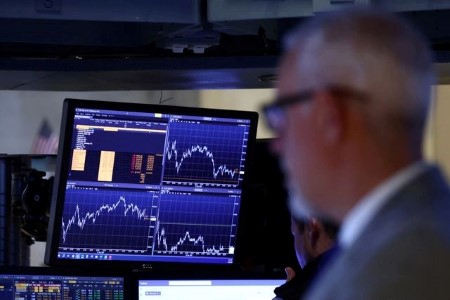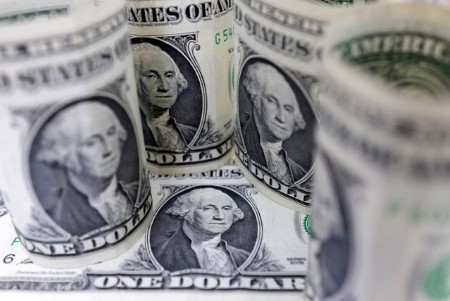TOKYO – The dollar rose to a one-month high versus the yen on Thursday as robustness in the US jobs market backed the idea that the Federal Reserve does not need to rush to cut interest rates.
The yen came under strong selling pressure on Wednesday after Japan’s new prime minister said the country is not ready for additional rate hikes, following a meeting with the central bank governor.
The euro languished not far from a three-week trough reached in the previous session, after normally hawkish European Central Bank policymaker Isabel Schnabel took a dovish tone on inflation, cementing bets for a rate cut this month.
The safe-haven US currency saw some additional demand on Wednesday after Iran launched a salvo of some 180 ballistic missiles into Israel, spurring a vow of retaliation and stoking worries of all-out war.
The dollar index, which measures the currency against the euro, yen, and four other top rivals, ticked up to 101.70 as of 0023 GMT, a three-week high, extending a 0.45% climb from the previous session.
Private US payrolls increased by a larger-than-expected 143,000 jobs last month, the ADP National Employment Report showed on Wednesday, raising expectations for a strong reading for potentially crucial monthly non-farm payrolls figures on Friday.
Currently, traders lay 34.6% odds of another 50 basis-point US rate cut on Nov. 7, after the Fed kicked off its easing cycle with a super-sized reduction last month. That’s down from 36.8% odds a day earlier, and 57.4% odds a week ago, according to the CME Group’s FedWatch Tool, but still seems too high, according to Ray Attrill, head of FX strategy at National Australia Bank.
Although the ADP report is often a poor predictor of the non-farm payrolls number, Wednesday’s data “does reduce the odds of an outsized downside miss on payrolls,” Attrill said.
“I do think that if the payrolls report overall is not too shabby tomorrow night, then we will see that pricing (for a 50 basis-point cut) coming in quite significantly.”
The dollar added 0.09% to 146.575 yen after earlier reaching 146.885 for the first time since Sept. 3.
Dovish Bank of Japan policymaker Asahi Noguchi, who dissented against the rate hike in July, will give a speech later in the day.
The euro was little changed at USD 1.10455, sitting not far from Wednesday’s low of USD 1.10325, a level last seen on Sept. 12.
Sterling was steady at USD 1.3261.
The Australian dollar was flat at USD 0.6884.
Risk-sensitive currencies were sold off on Wednesday in the initial knee-jerk reaction to Iran’s offensive, but there has been little sign of retaliation by Israel as yet, allowing traders to recover their poise.
“Markets are inherently bad at trying to price tail risk,” said National Australia Bank’s Attrill.
“Those events are things that markets deal with as and when” they happen, he said. “Markets are aware of it, but they’re sticking to their knitting I think, which is focusing on economic fundamentals.”
(Reporting by Kevin Buckland; Editing by Jamie Freed)







 DOWNLOAD
DOWNLOAD













